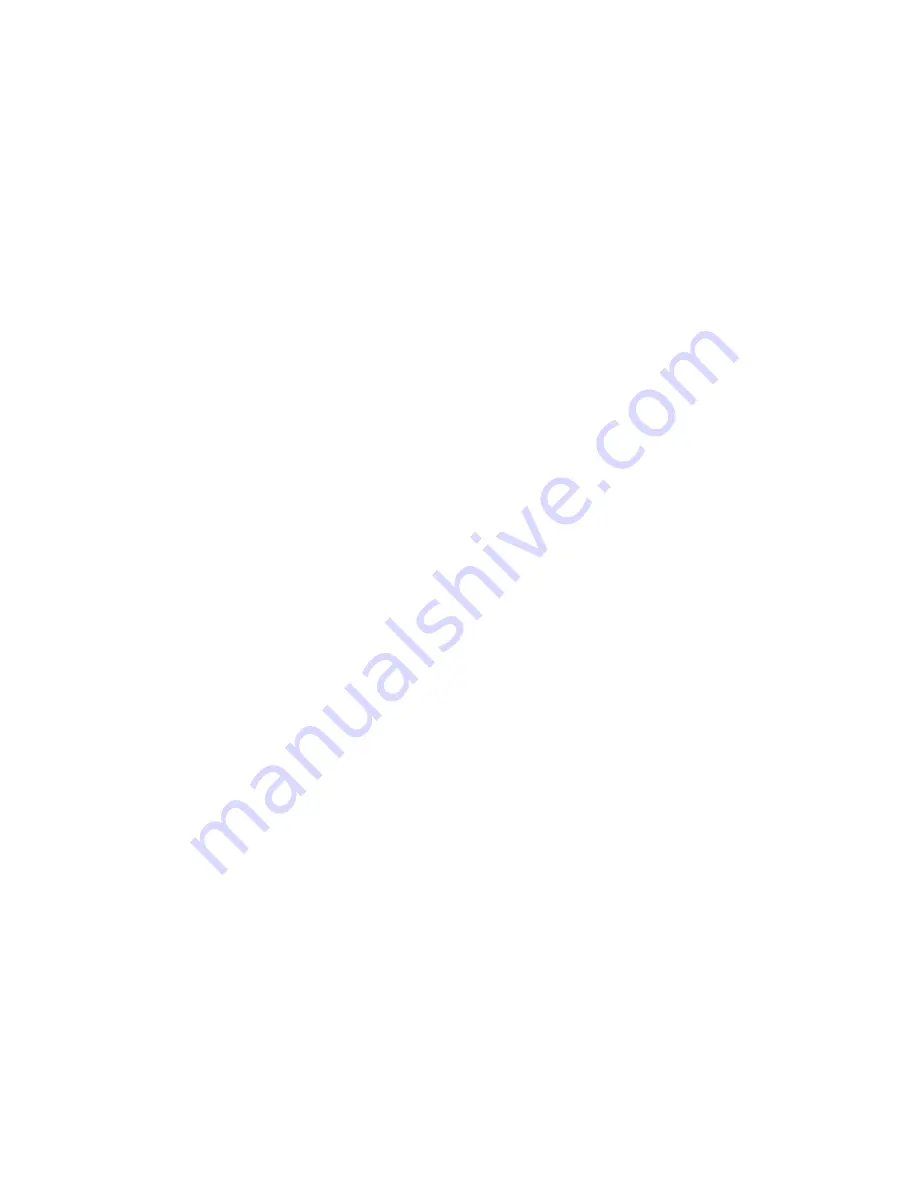
8
Backwash Air Pump
Backwash air pumps are required to operate an HPPG filter. If you have not purchased a backwash
pump with your HPPG filter, you require a low volume continuous duty pumps that is sized to sustain
the appropriate backwash frequency for your filter model. The pump must also be compatible with the
pressure range that is appropriate to the filter. Noise will be generated by the pump, so placement
should be carefully considered. If the pump is placed outside or in a wet room, it should be properly
insulated from water and condensation.
The operational pressure for air injection into the charge chamber of a water pump driven HPPG filter
with a free discharge out of the outlet pipe should be in in the range of 4-6 psi if the backwash
frequency is set properly. At design flow rates about half of this pressure is attributed to the physical
depth of the air injection, the balance is attributed to baseline friction loss through the bead bed or
fittings. If the backflush frequency is set too low, the pressure loss across the bead bed will increase. In
the extreme, the hull pressure will be defined by the shutoff pressure of the pump. The air pump should
be sized to overcome this pump shutoff pressure. Ideally, the air pump and water pumped should be
matched with the air pump having a shut off pressure higher than the pump.
Injection pressures for HPPG airlift applications are controlled by the distance from the tank water
surface to the centerline of the horizontal pipe in the unit’s external trigger (typically a maximum of
about 100 inches or 4 psi). The air injection pressure in an airlifted HPPG does not vary much. An
operational pressure of 5 psi is sufficient.
A medium sized linear air pump is a good choice for airlift applications where backpressures on the
HPPG unit are minimized. These units operate by oscillating a rubber diaphragm that moves air through
a series of valves. These pumps are readily available in weather resistant configurations used for pond
and home packed wastewater treatment units. The flow rates delivered by these blowers are generally
in excess of the backwashing needs, so the unit should be selected based upon its maximum operational
pressure. The larger liner pumps have shutoff pressures in the range of 10 psi which is suitable for most
HPPGs where the unit is not back pressured by downstream devices. Linear air pumps contain a
replaceable rubber diaphragm that will ultimately fail (every 2-3 years depending on the model and
pressure).
A small oil free continuous duty piston pump with an operational pressure rating of about 20 psi is most
ideally suited for delivering air for a wide variety of HPPG applications. These units have small pistons
that are driven directly by a small electric motor. Producing only moderate amount of air, these unit are
recognized for sustained operation at the moderate pressures demanded by HPPG applications.
Capable of delivering a continuous supply of air at the HPPG maximum hull pressure of 20 psi, these
units also display relatively high shutoff pressures that are compatible with a wide variety of pumps.
The air volume produced by this unit is reduced and thus the air delivery capacity should be matched to
the HPPG. These units are most often sized to serve the air demands of a single HPPG unit.
Rotary vane compressors operate in a pressure range (0-15 PSI) well above the more widely recognized
rotary vane blower (0-3 psi). A rotary vane compressor consists of a motor that spins a set of inclined














































